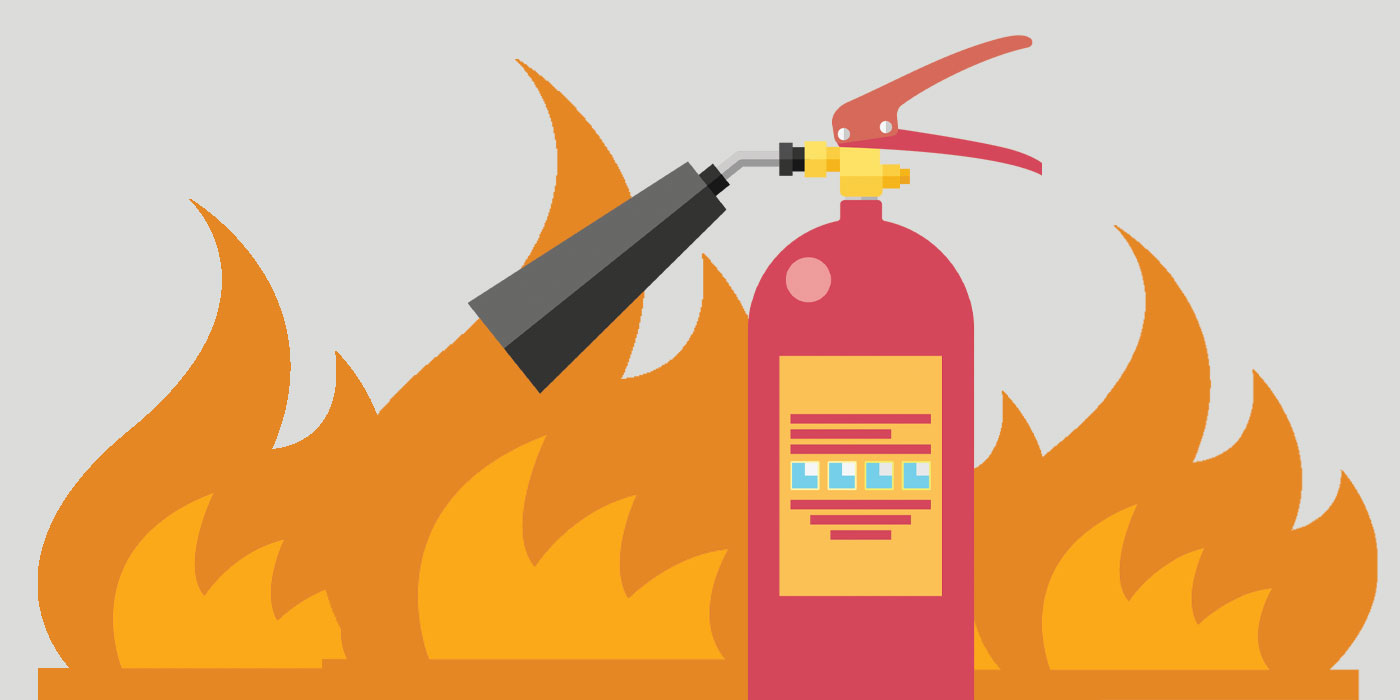It’s a must for all Sydney company. It’s not only an obligation under the law however, it’s an opportunity to keep your employees, customers and assets protected. Many of the risks that arise from a fire can be prevented or minimized by taking the appropriate precautions. Regular inspections of fire hazards, regular examination of electrical systems as well as compliance with CFSP standards can all be used in creating a safe and secure environment.
Why Fire Inspections Are the Foundation of Safety
Fire inspections are the first defence against the possibility of dangers. They ensure that all components of the building’s fire-protection system are working and up to date. In Sydney all businesses are required to conduct inspections every six to twelve months, based on structure’s type and the regulations of the council. Inspections may include anything from smoke alarms and sprinkler systems as well as fire alarm panels to hydrants, emergency lighting and fire alarms.

The ability to detect problems that are not obvious and correct the problem before they pose a risk is what makes inspections crucial. A minor flaw on a fire hydrant, or a smoke detector that is blocked may appear insignificant at first but in a situation of emergency, such faults can result in the loss of lives. The owners of businesses who regularly inspect their fire hydrants are ensuring they meet the legal requirements, while making themselves safe from unexpected catastrophes.
Testing and Tagging Securing Electrical Security
Electrical systems are one of the leading causes of workplace fires, which is why testing and tagging should always be part of a fire safety plan. This involves checking electrical devices to make sure they are safe, compliant and functional. Then the tag is visible placed on the device to indicate that it has passed the test. This is a rule that is often not a simple one. In many businesses this is a measure to guard against the possibility of a risk.
If they are not checked for wear, old or worn cables, appliances with problems, and outdated wiring can quickly lead to dangers to fire. Businesses can lower the risk of fires by regularly testing and marking electrical equipment. The employees also feel confident that the work environment is secure. This creates a sense of trust and confidence in the work place. When combined with fire inspections, testing and tagging provides a complete safety strategy that minimizes risk on multiple fronts.
The importance of CFSP for Compliance and Certification
In New South Wales, only a Competent Fire Safety Practitioner (CFSP) is authorized to sign and certify important documents for fire safety, like Annual Fire Safety Statements. The introduction of CFSP accreditation has raised the standard of fire safety, ensuring that only professionals with the appropriate qualifications evaluate and confirm security measures. For those who work with the CFSP inspections and reports won’t be merely a report but an objective evaluation done by experts.
The function of a CFSP extends beyond marking boxes. They assess the performance and the condition of fire protection systems and provide detailed report. They also ensure conformity with the requirements of the regulatory authorities. Companies that do not have CFSP certification run the risk of hefty fines, legal problems or even closure if protection measures for fires are considered insufficient. Employing professionals who are accredited ensures that the fire safety system is being maintained correct and that all requirements to be in compliance are met.
The Fire Safety Act: A Lifelong Engagement
The safety of your fire system is an ongoing obligation for all business owners. The process of ensuring safety is never ending with regular inspections, testing electrical systems regularly, and then certifying under CFSP supervision. Beyond the legal requirements This continuous process helps create a culture of safety within the workplace. Employees feel safer when they know that evacuation plans, smoke alarms, emergency lighting, and a fire suppression system are all in place.
By treating fire safety as an ongoing activity and not merely a checklist to check every year businesses are able to reduce risk while also improving their reputation. In an environment that prioritizes security, clients and customers will be more comfortable. In the long run, investing in proactive fire prevention saves money because it prevents costly damage, fines and legal disputes.
Conclusion
Sydney fire safety requires a multi-layered approach that includes fire inspections and testing and tagging, as well as certification by a CFSP. Each of these elements is crucial in assisting businesses to comply with rules, but is more important in protecting people and property. When safety becomes a consistent element of business instead of an added-on consideration, businesses can do not just meet their legal obligations but also ensure a safer and robust environment for the future.